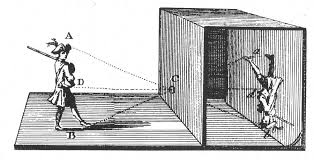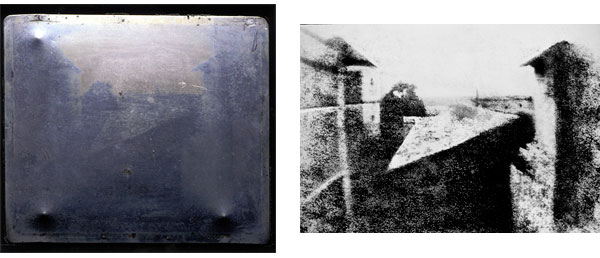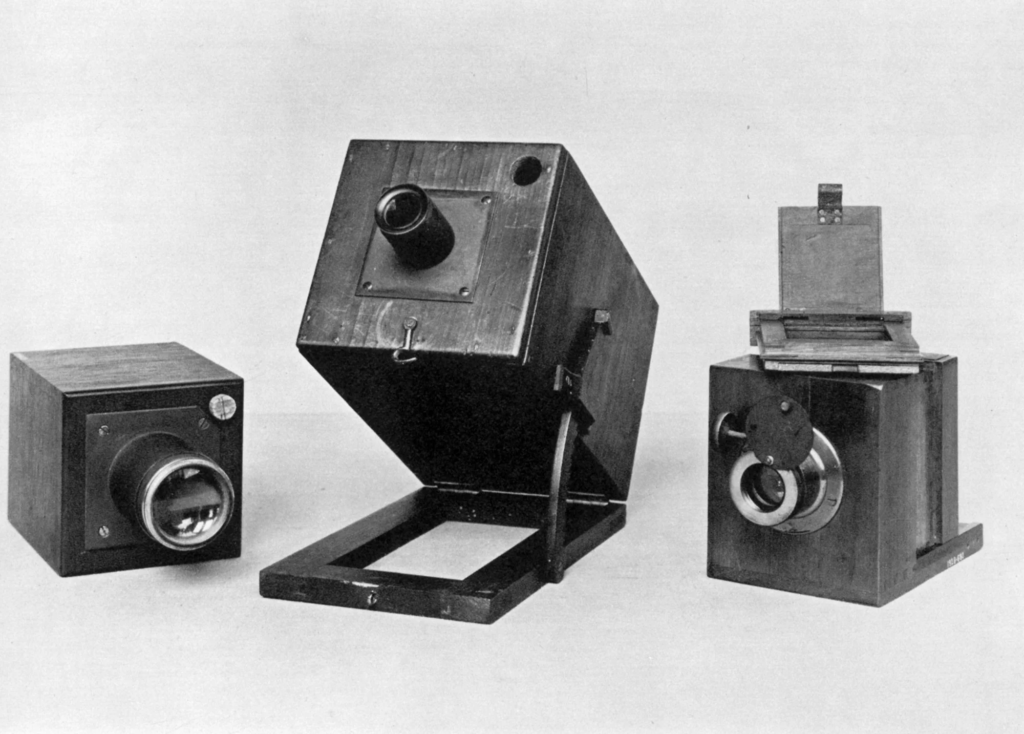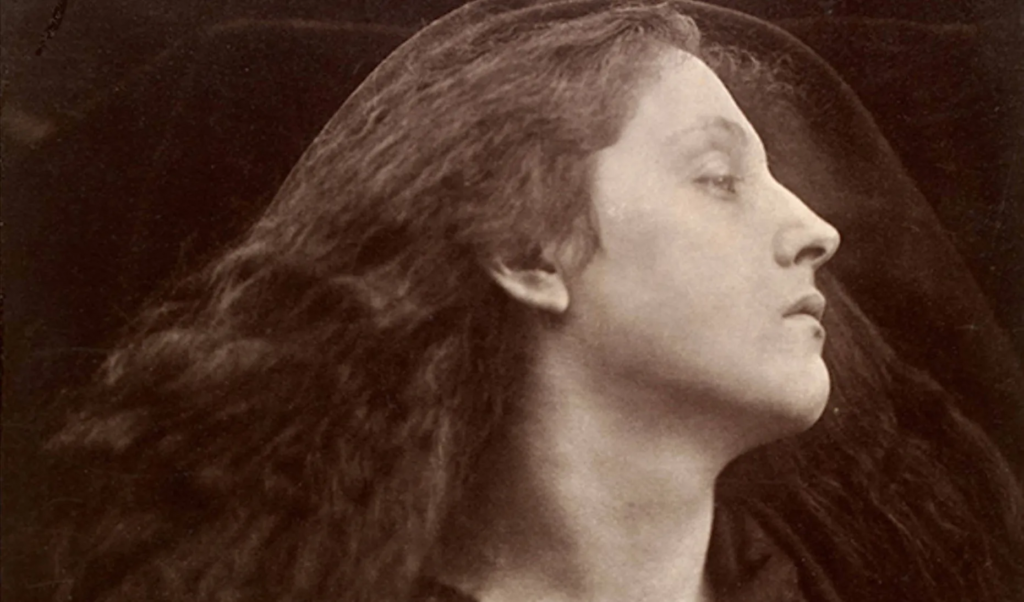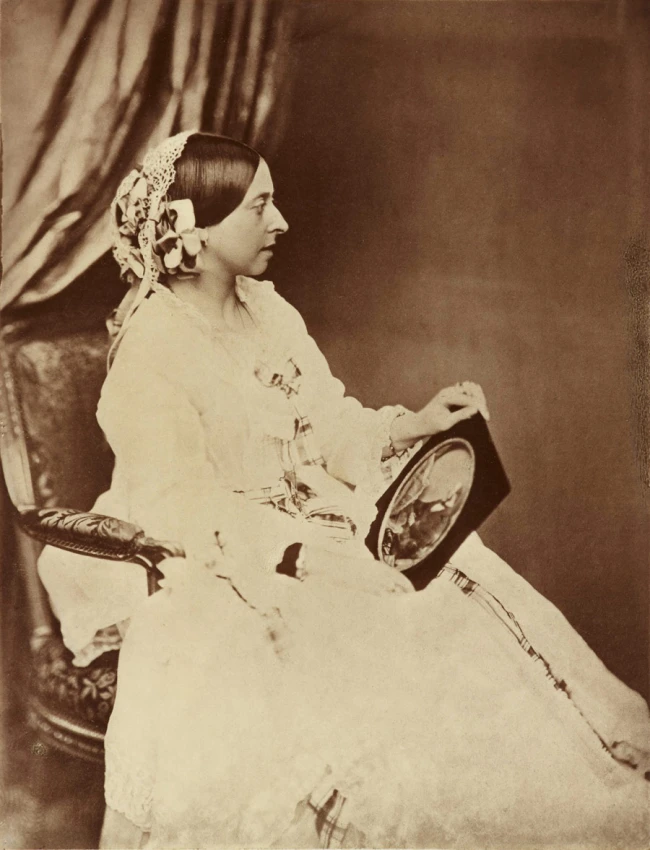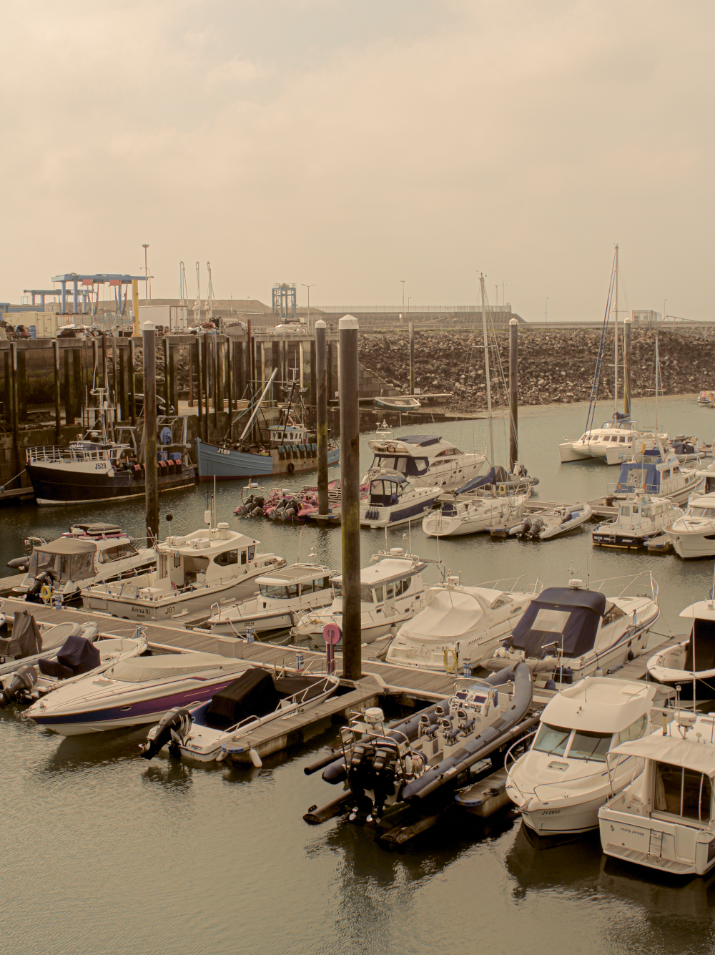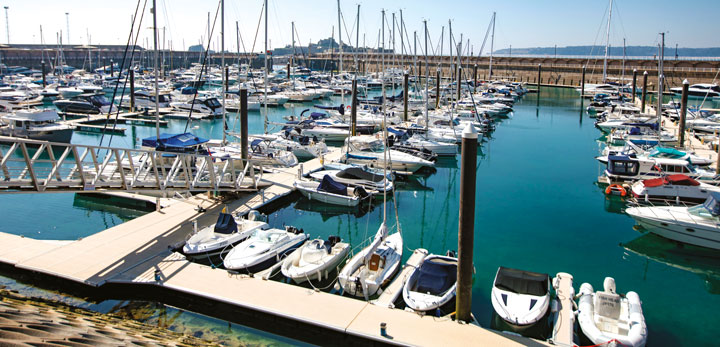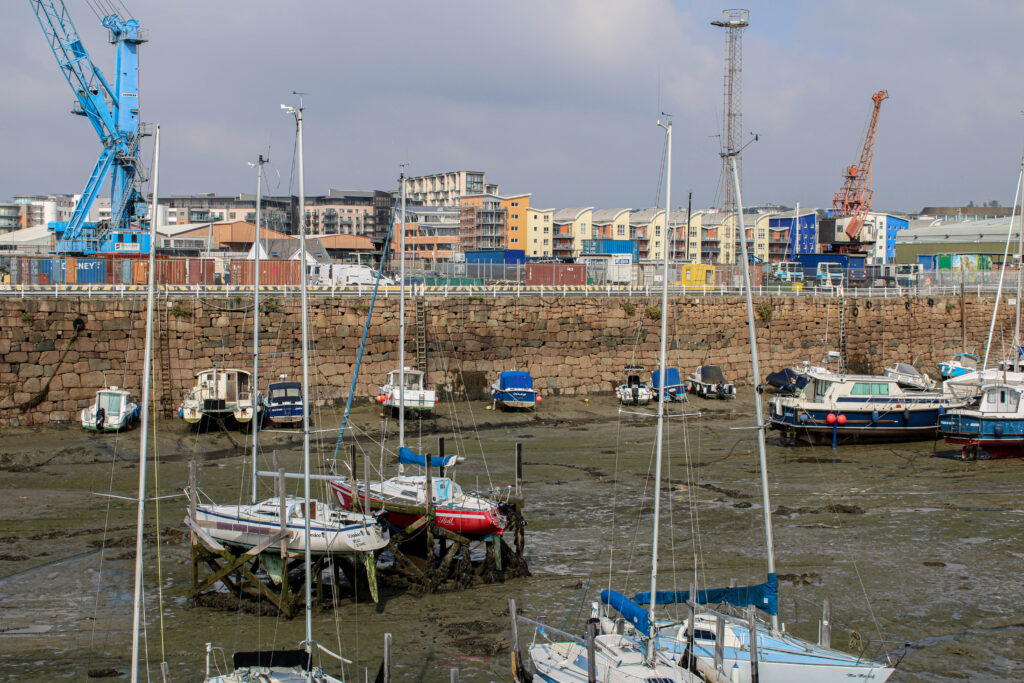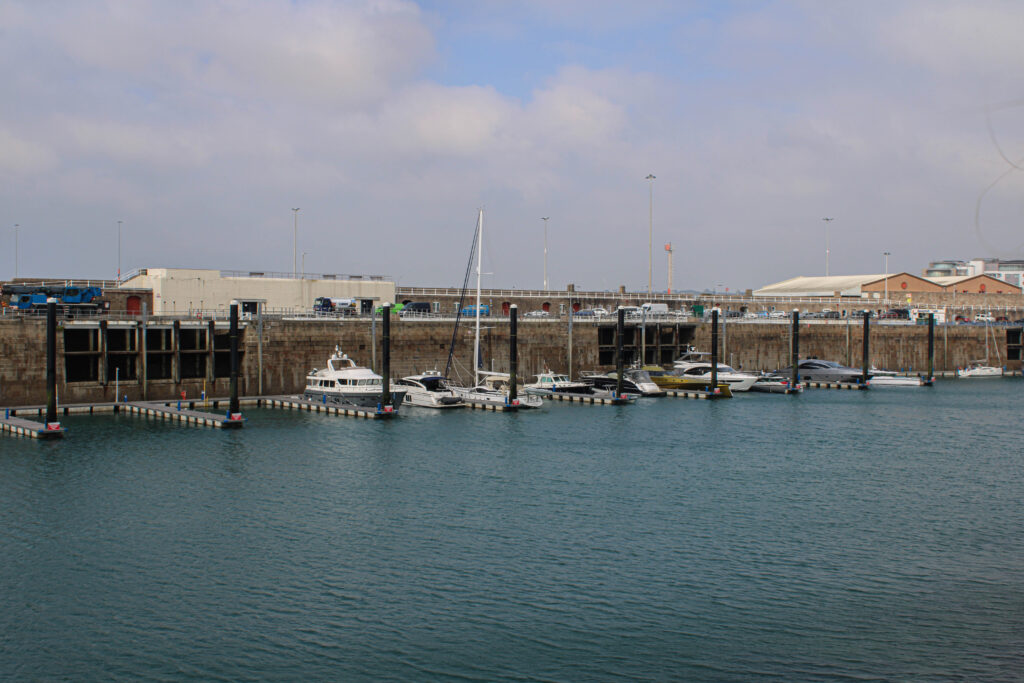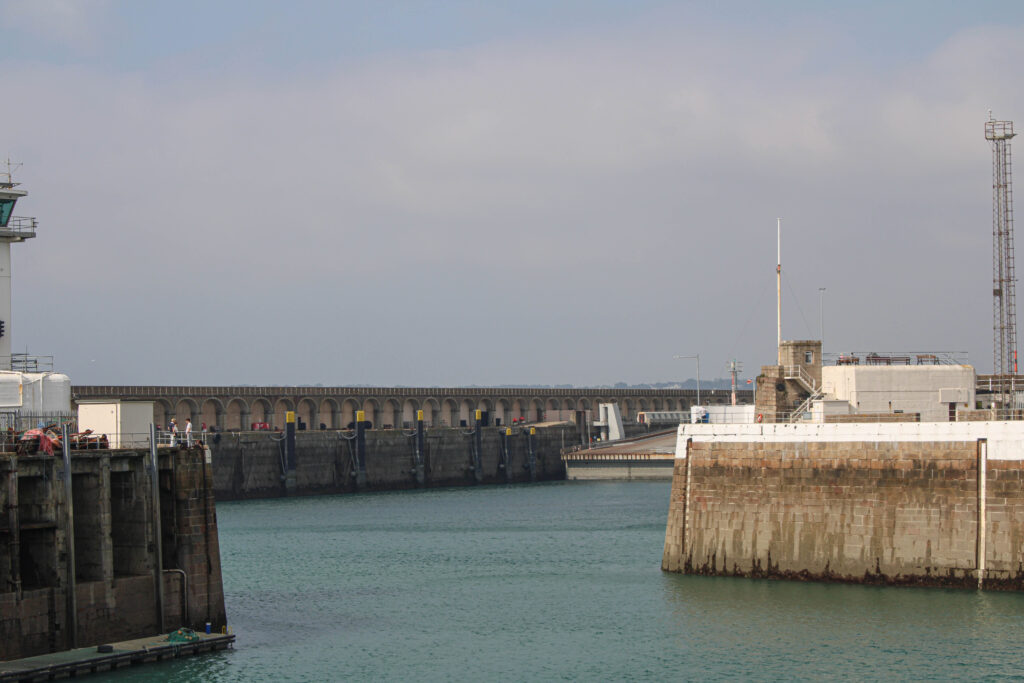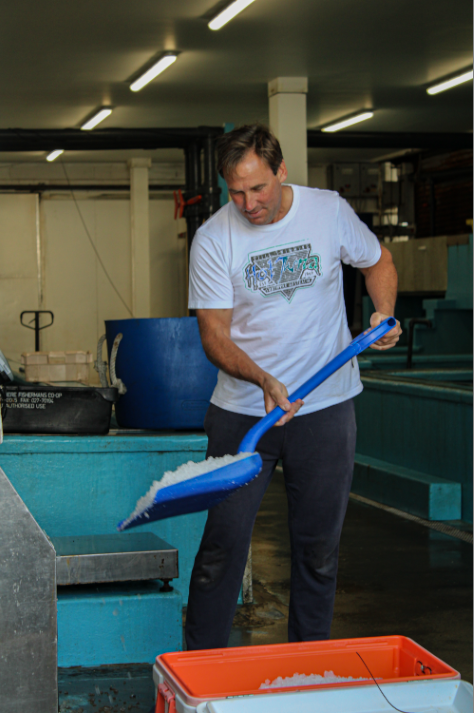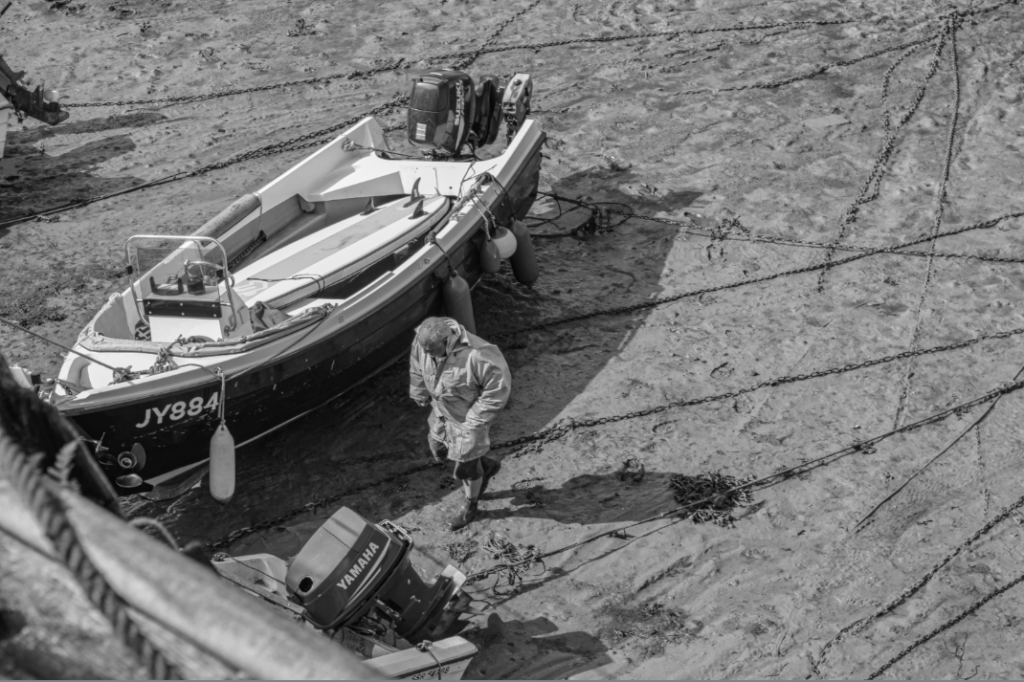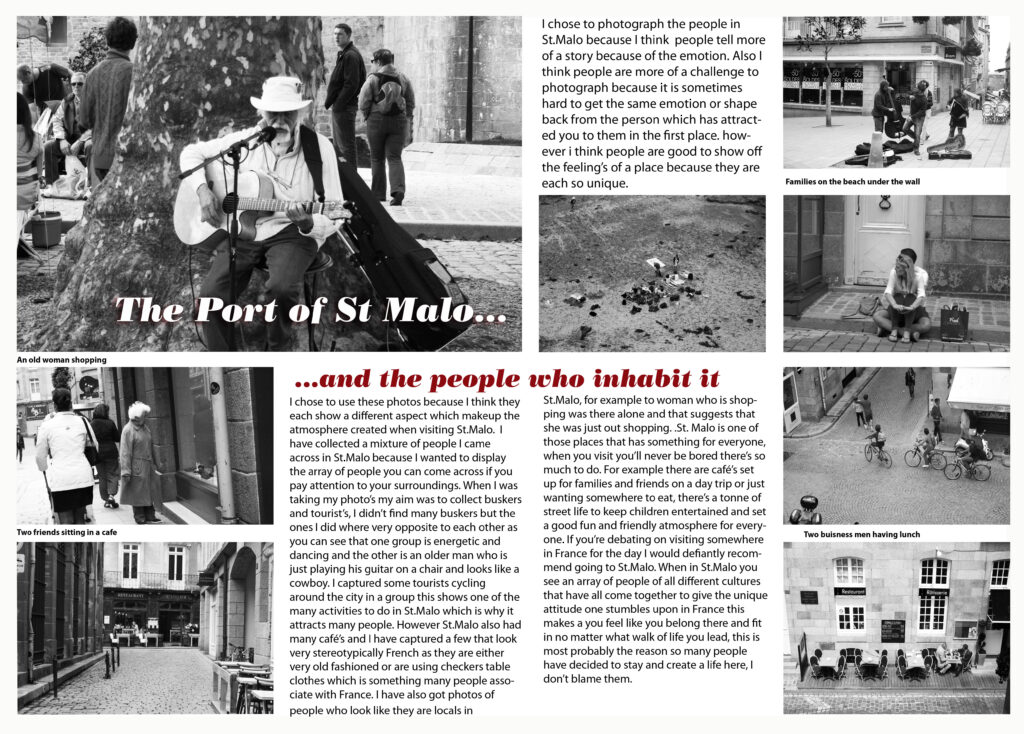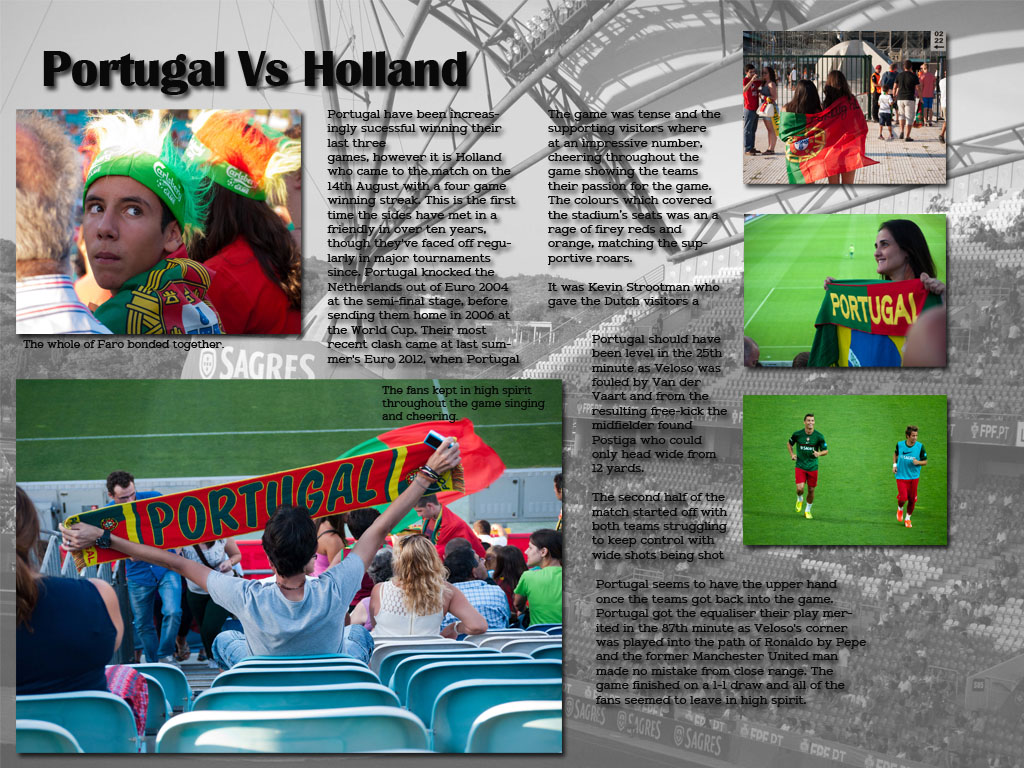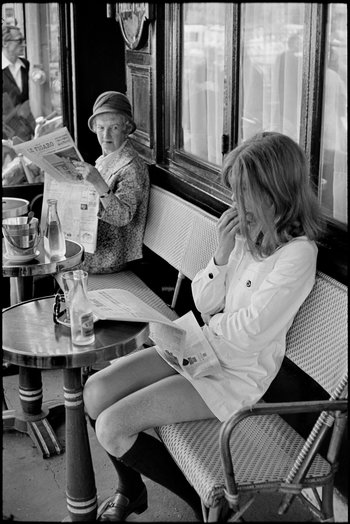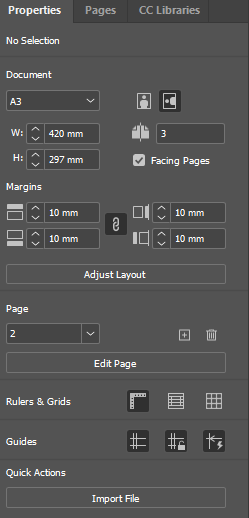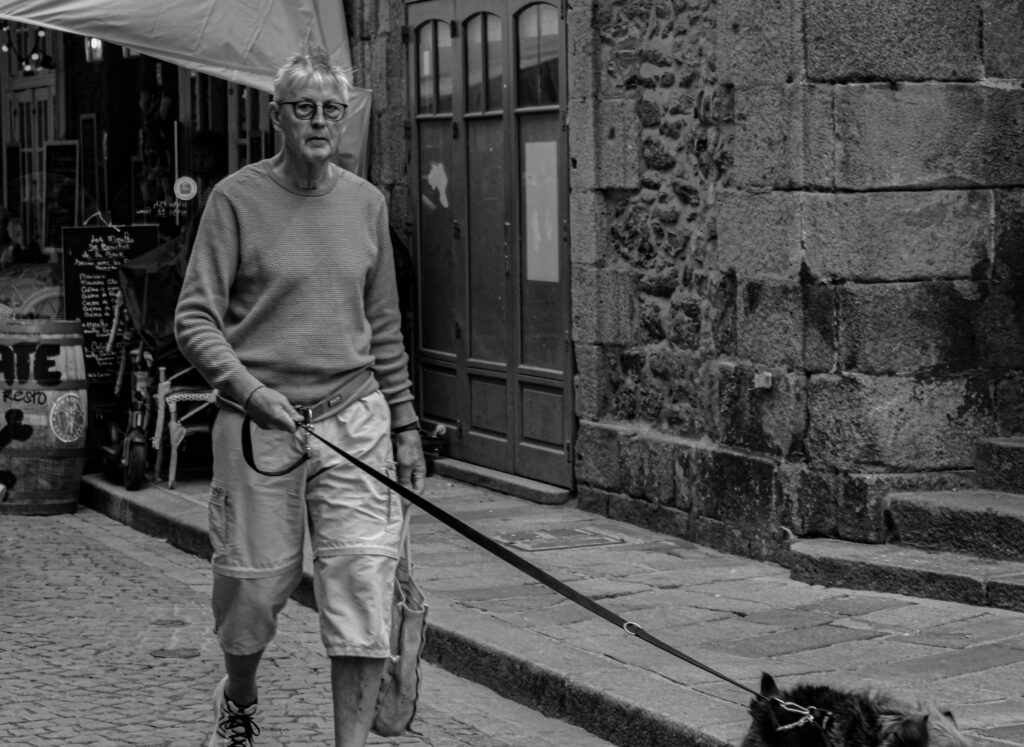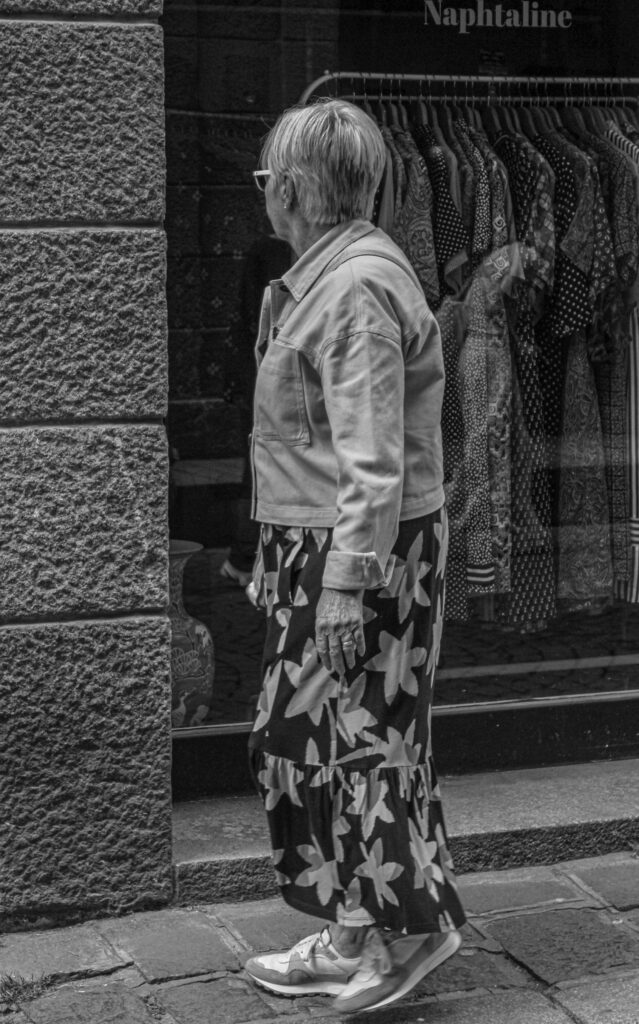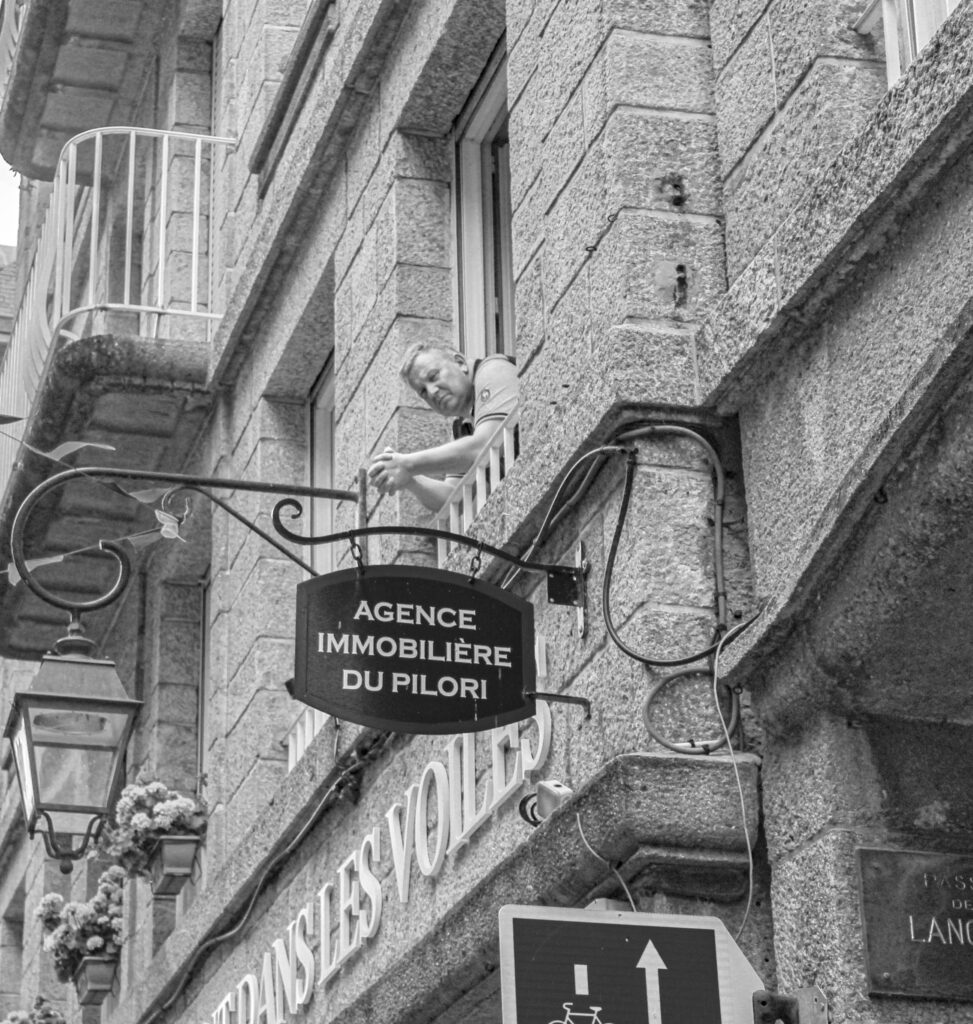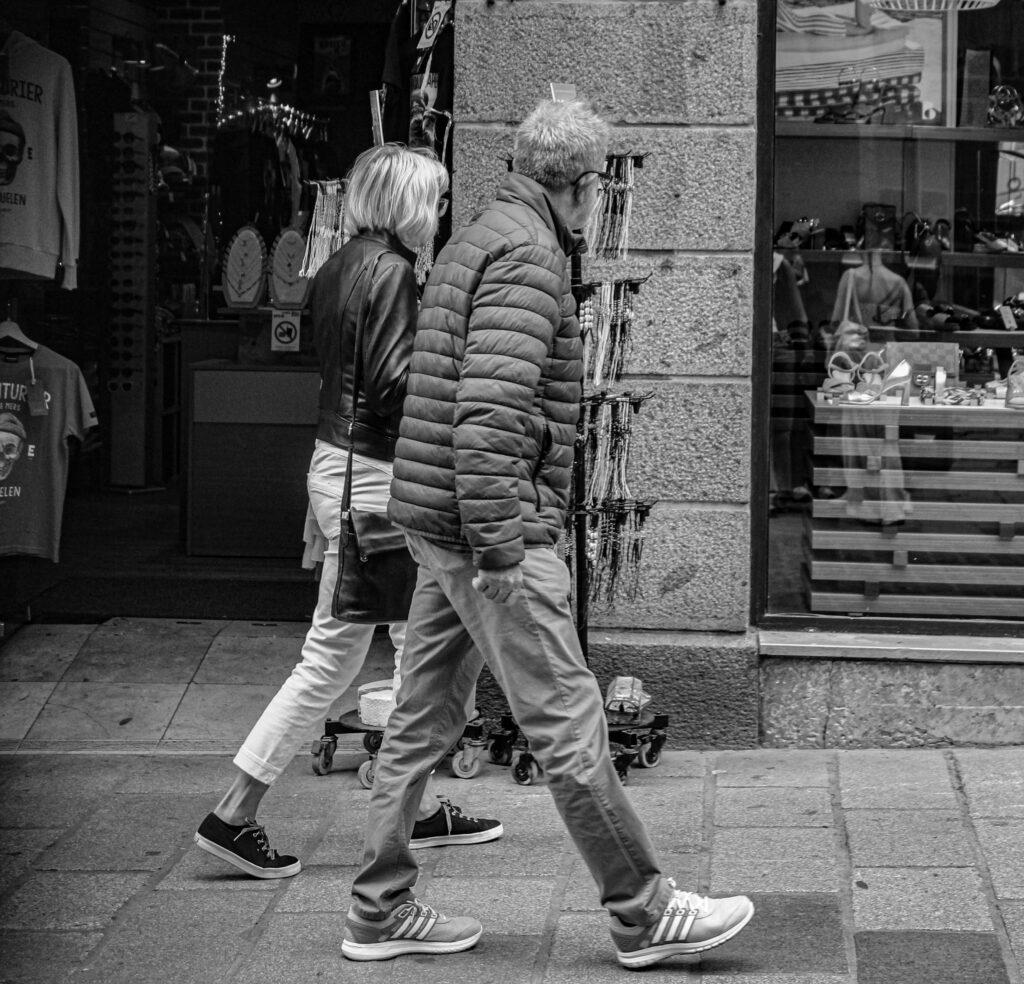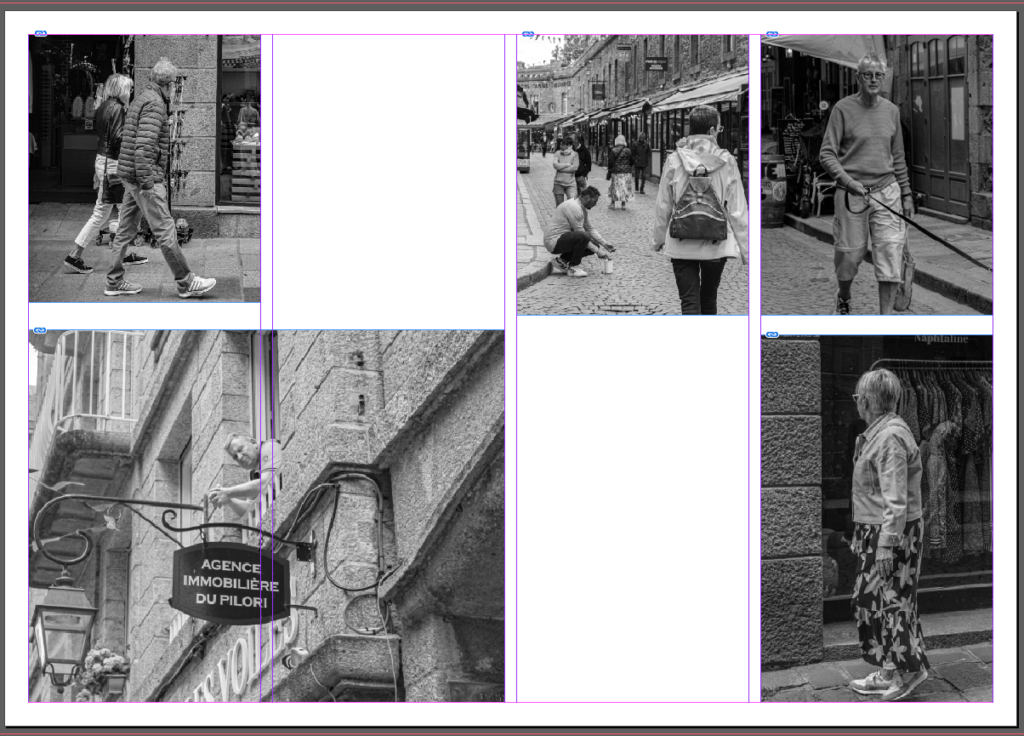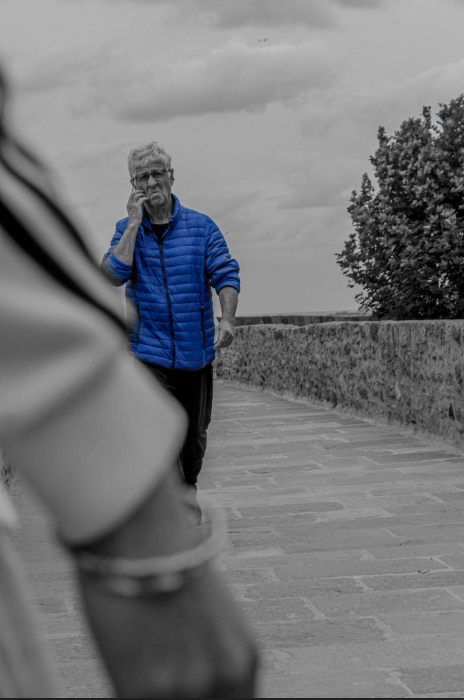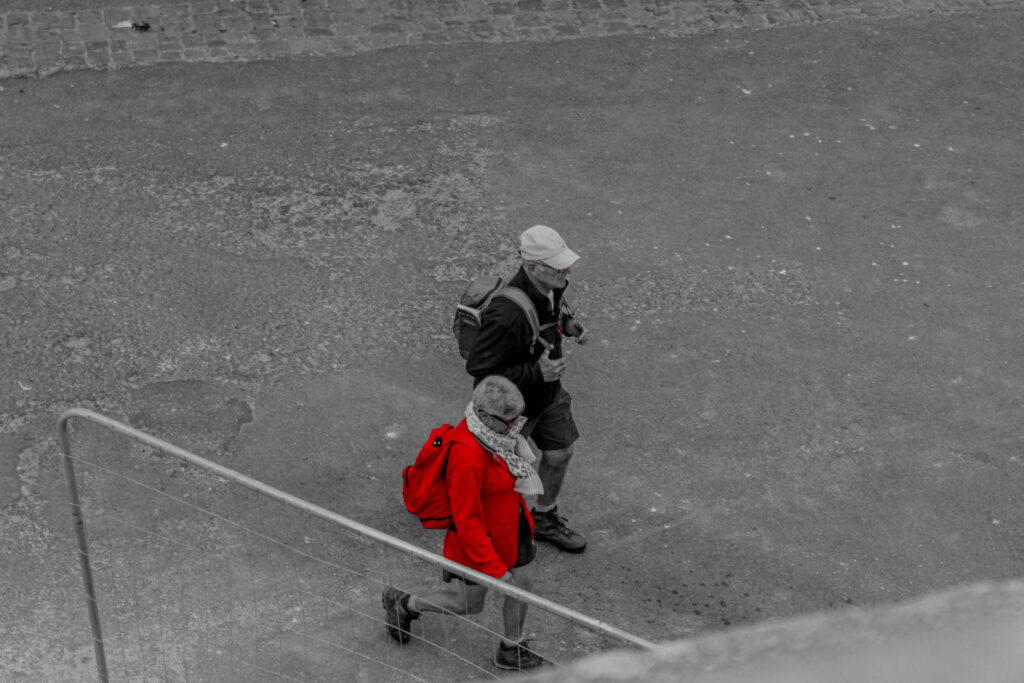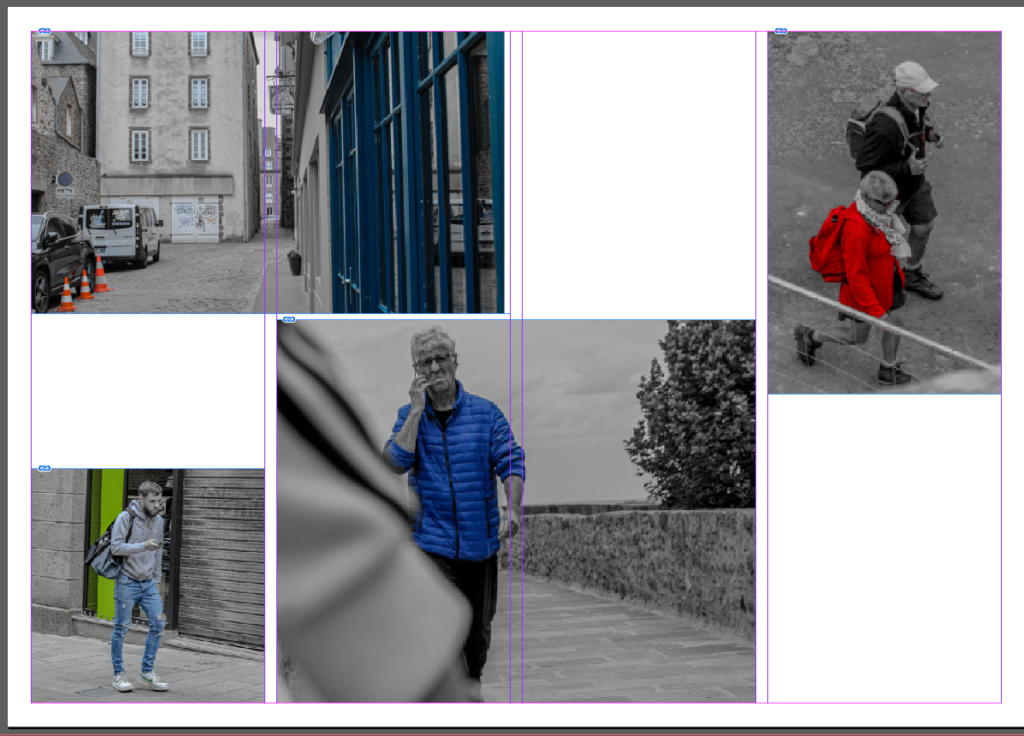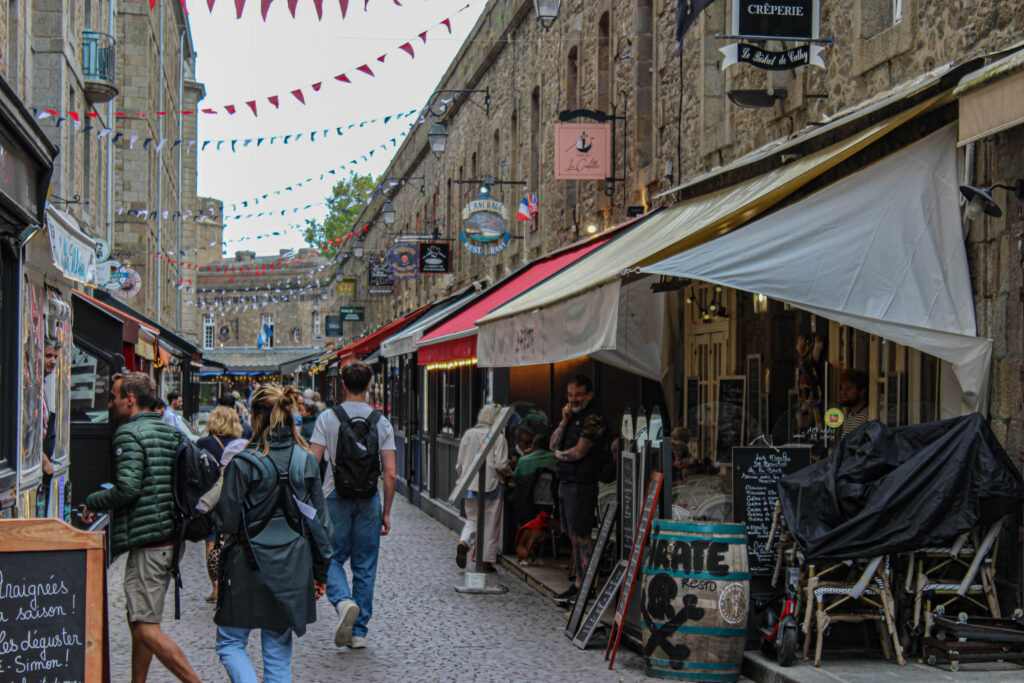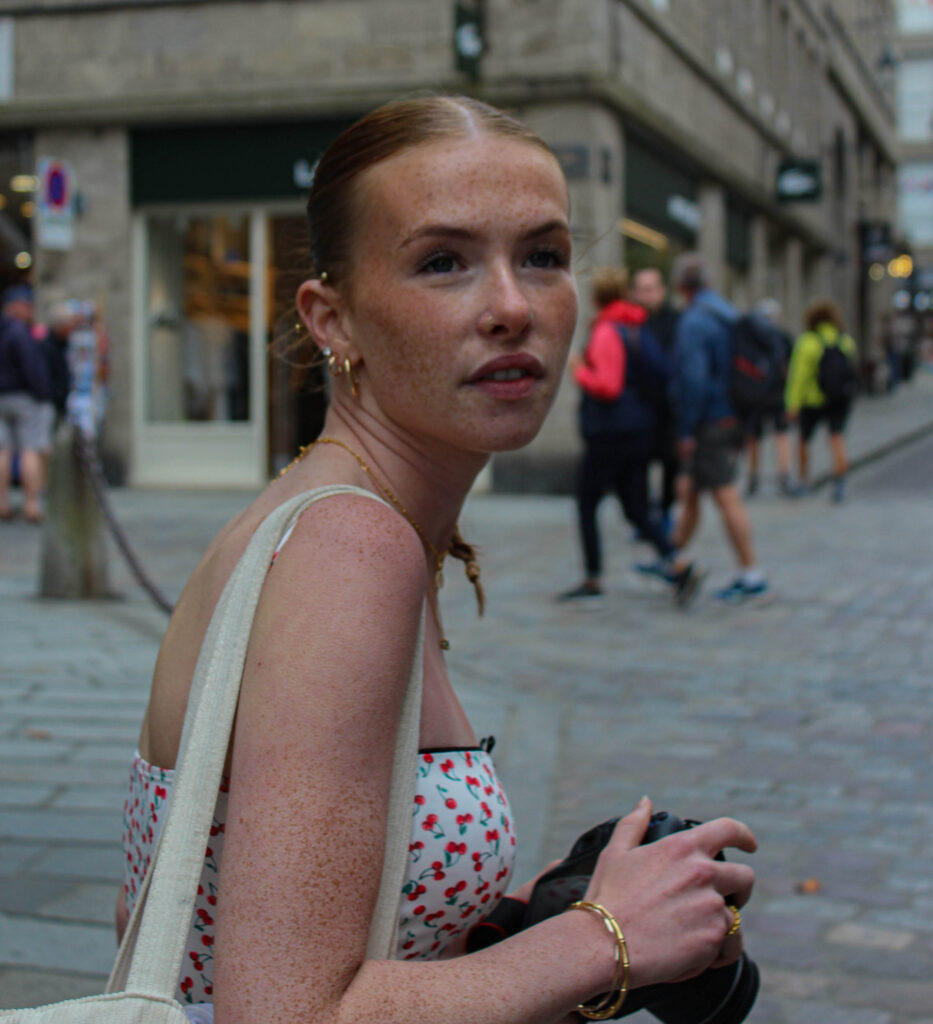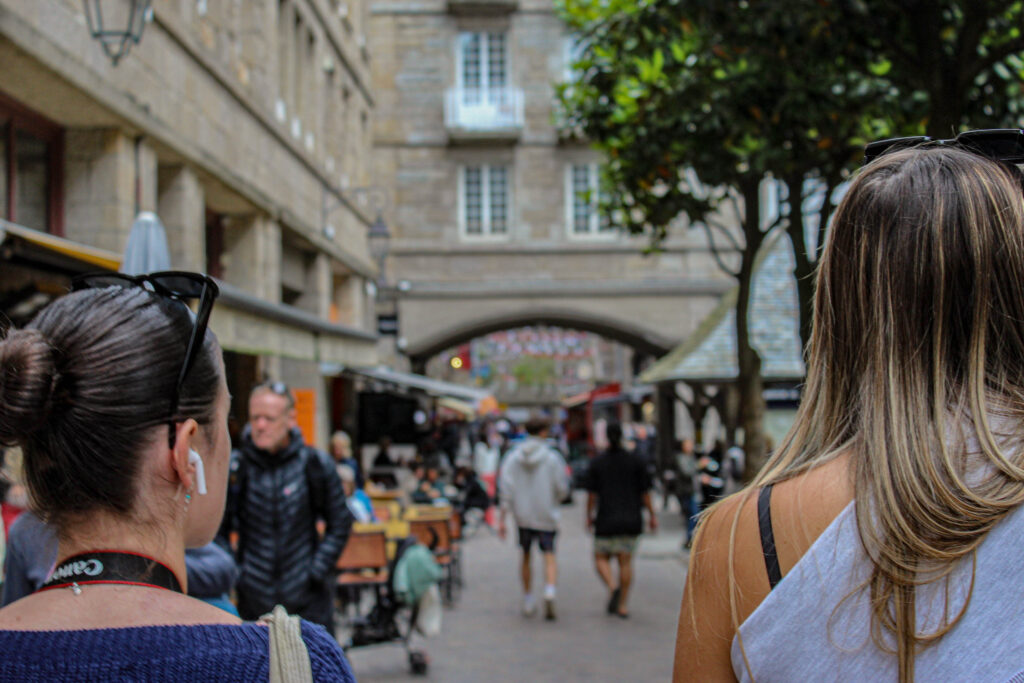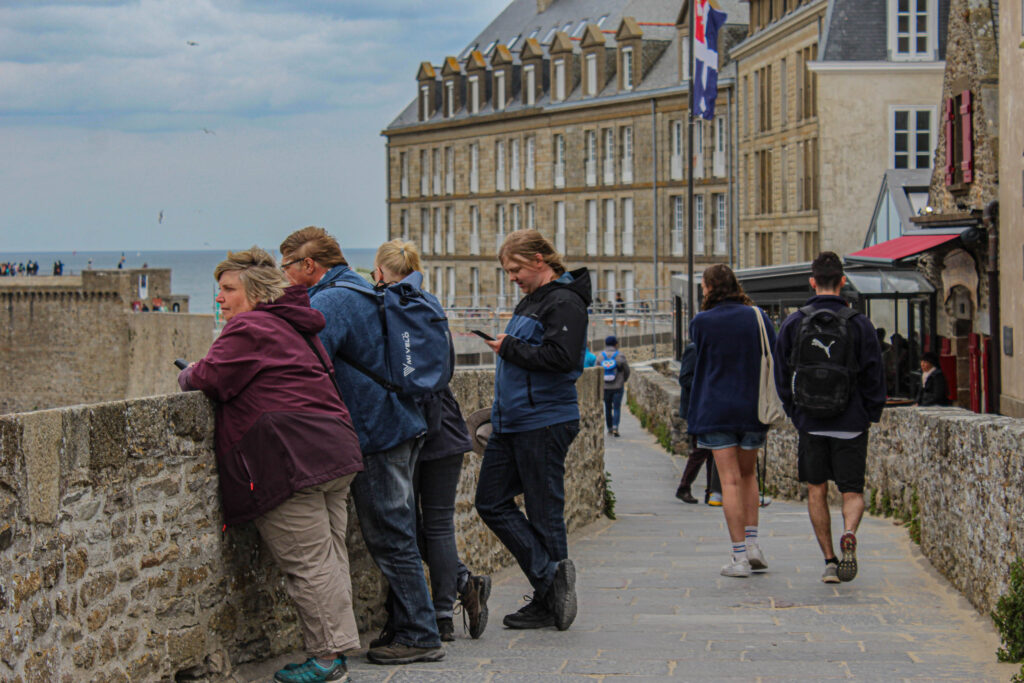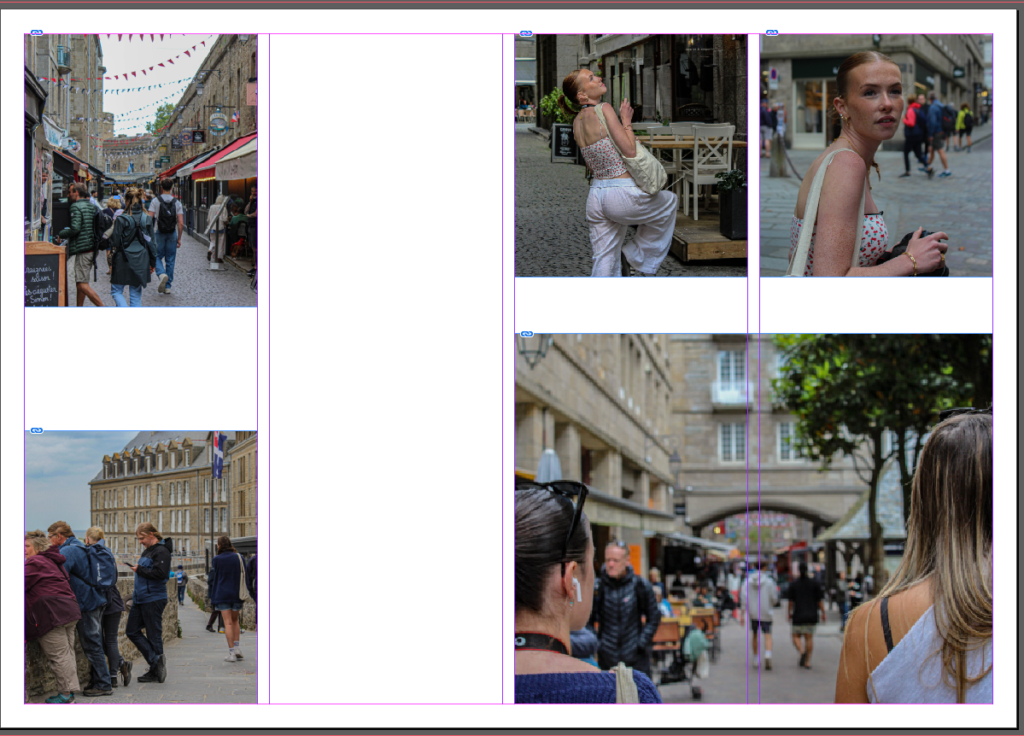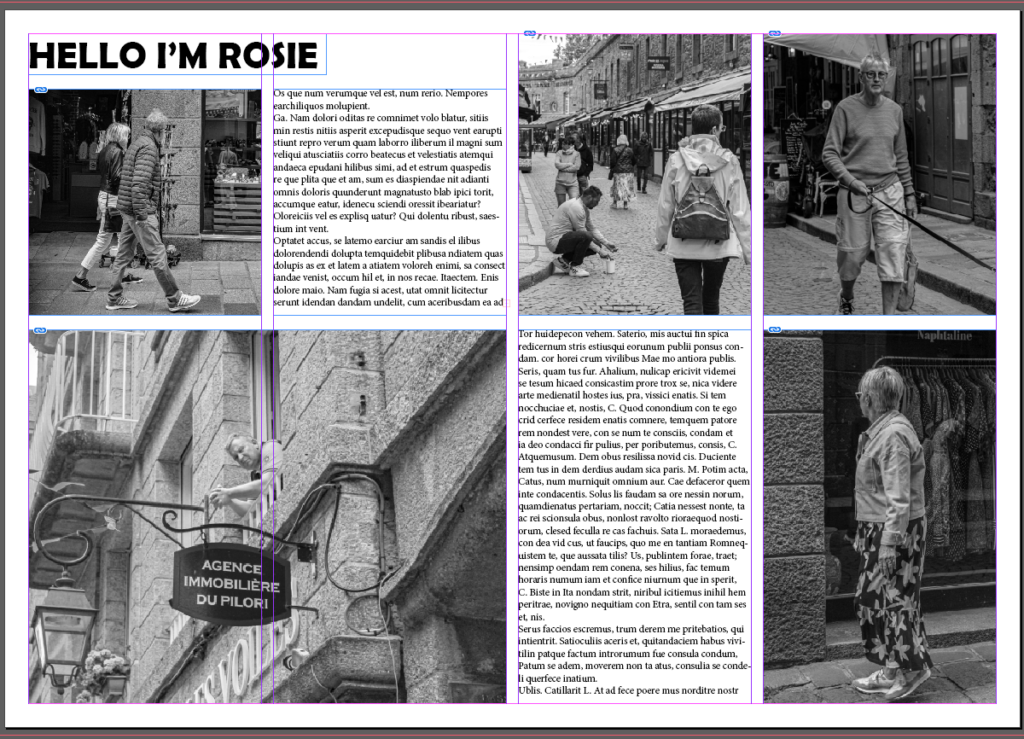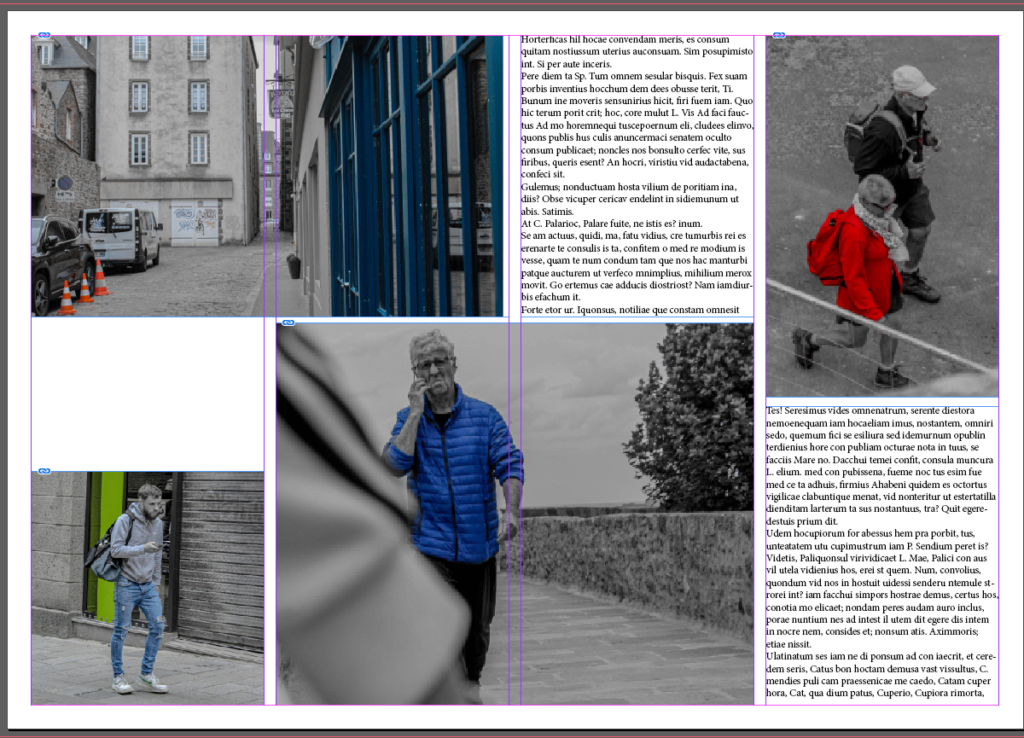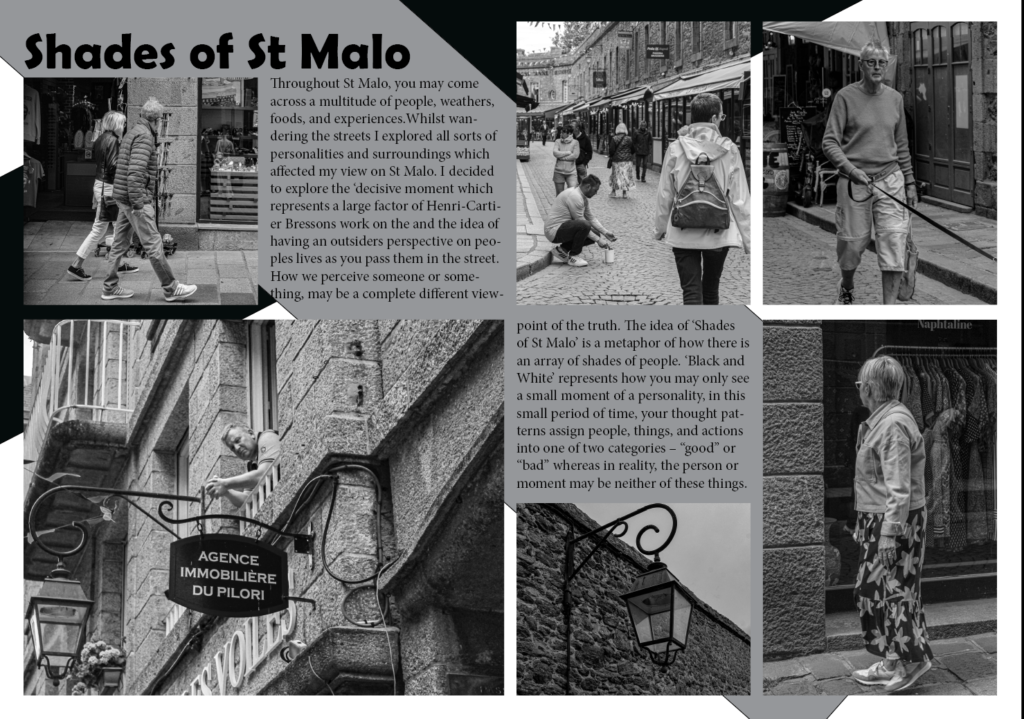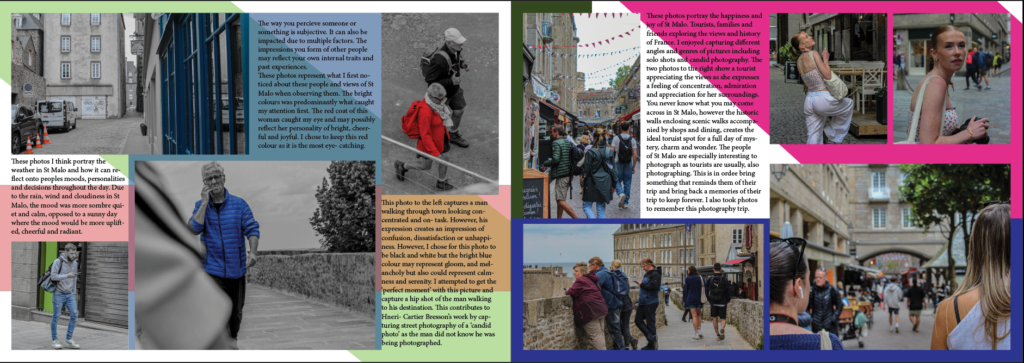What Is a Narrative?
A spoken or written account of connected events; a story that you write or tell to someone, usually in great detail. This may be fictional or real, it also usually involves characters, a plot, conflict and eventually a resolution to the problem. These narratives typically covey a ‘deeper meaning’ to something.
What is a Zine?
A zine is a small booklet of photographs created by someone or a group of people, they are created using a photocopier or a printer and help to convey self expression, community, creative freedom and encourage a do-it-yourself dynamic. They also help to allow individuals to share their unique perspectives and connect with other people.
What is a Story?
A story is a similar to a narrative in the sense that they both have a plot, setting and characters etc. They also are used to entertain people and covey deeper messages. Stories can help people to share ideas, experiences and emotions and connecting with other perspectives. Storytelling enriches lives and provides a way to understand the world.
What is MY Story?
– 3 words
Unseen, dedication and diligence.
– A sentence
The unrequited effort that is put in to produce food and to keep our Island beautiful.
-A paragraph
My Zine reflects a story of a mixture of the outcome from the effort put in to keep our harbours clean, tidy and charming for citizens and tourists to enjoy. I also wanted to display the hidden work and labour of hundreds of people which is concealed and goes unnoticed. I displayed this element in my zine by showing the not-so-noticed parts such as the equipment, people and uniform. I chose for there to be a mixture throughout of outcomes of the work put in, mixed with industrial side to the harbours of Jersey. I wanted to incorporate close up’s of production materials such as oars, buckets, buoys, boats etc. In a way to attempt to make them look just as interesting and amusing as the amazing sea views.
Mood Board:
This was my mood board of ideas and photos I found of Jersey harbours that I used for inspiration and ideas when taking my own photos.

This was my mood board of photos I took of Jersey harbours that I used in my Zine chose for my final product.

Typography:

I chose the title ‘Mariners’ as I thought It described the people and their work that is done everyday perfectly.

I also then used the words ‘Fair Winds and Following Seas’ as It is another way of saying ‘Good Luck’, I thought this was a wholesome reference which conveyed the peaceful and tranquil community well.
I also used a nice and simple font called Cambria Math. This keeps things easy to read and used a white colour to make it eye-catching and also easy to read as It does not blend in with the background.


